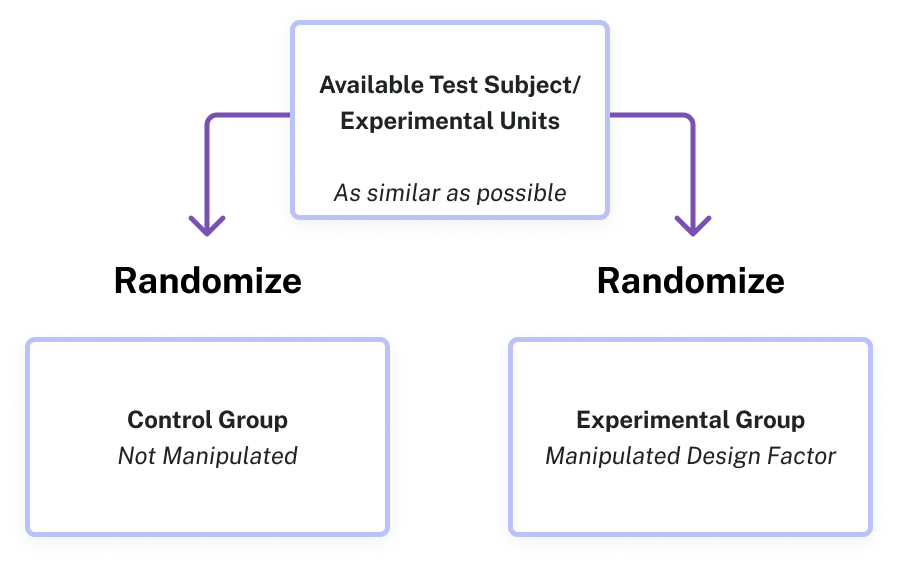Experiments
So far, we have primarily discussed observational studies – studies in which conclusions would be drawn from observations of a sample or the population. In some cases these observations might be unsolicited, such as studying the percentage of cars that turn right at a red light even when there is a “no turn on red” sign. In other cases the observations are solicited, like in a survey or a poll.
In contrast, it is common to use experiments when exploring how subjects react to an outside influence. In an experiment, some kind of treatment is applied to the subjects and the results are measured and recorded.
observational studies and experiments
- An observational study is a study based on observations or measurements
- An experiment is a study in which the effects of a treatment are measured
A gym tests out a new weight loss program by enlisting [latex]30[/latex] volunteers to try out the program. The treatment here is the new program.
You test a new kitchen cleaner by buying a bottle and cleaning your kitchen. The new cleaner is the treatment.
A psychology researcher explores the effect of music on temperament by measuring people’s temperament while listening to different types of music. The music is the treatment.
Experimental and Control Groups
An important aspect of all experiments is a comparison between one or more groups or levels of the factor of interest, called treatments. In a simple experimental design, one group receives the researcher’s treatment and the other group does not. The group that receives the treatment is commonly called the experimental group. The group that does not receive the treatment is usually called the control group. The control group is usually kept under conditions that are considered typical or common for a given situation.

It is important to remember that the only difference between the experimental and control groups is the researcher’s manipulation of the factor of interest.